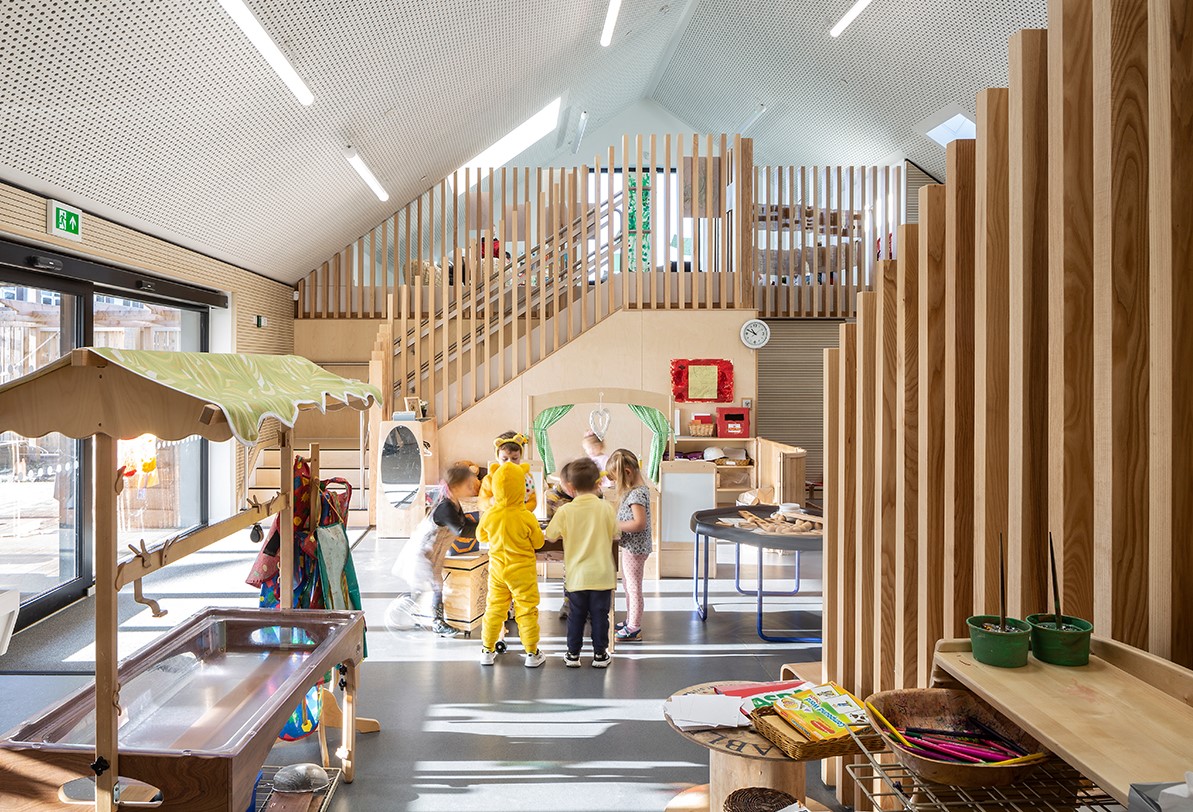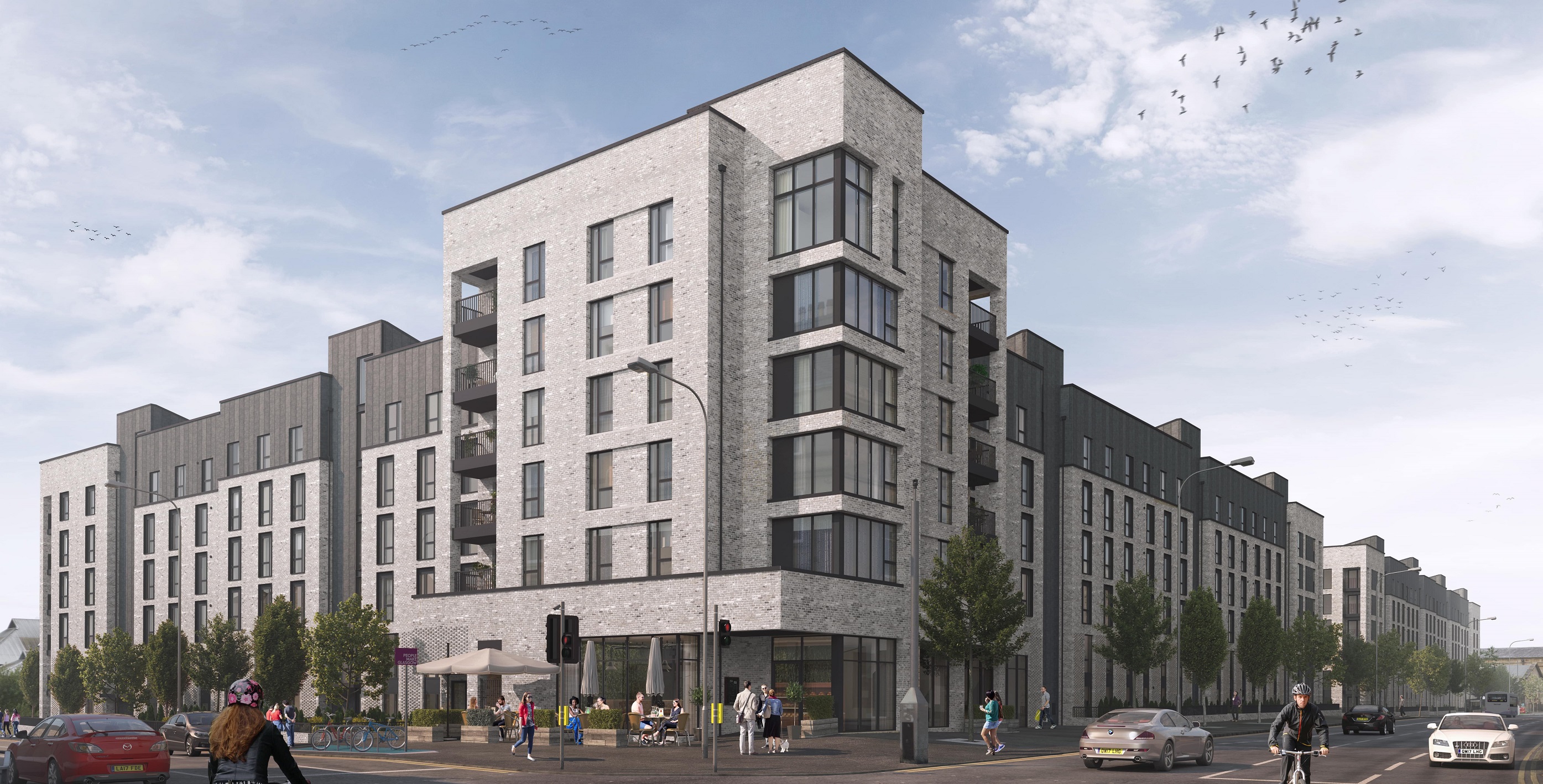East Ayrshire Council Early Years
East Ayrshire
______ Partnered with Hub South West Scotland and Scottish Futures Trust, East Ayrshire Council have invested £4M in three new Early Years facilities in Kilmaurs, Netherthird and Nether Robertland.

___________Introduction
The buildings provide early learning and childcare facilities in a high-quality environment specifically designed to address the needs of young children, ELC practitioners and parents in a manner that promotes the innovative and efficient utilisation of space. The design allows for complete free-flow between inside and outside, while allowing the early years practitioners the ability to subtly shape and control the layout of the spaces.



___________Introduction
The buildings provide early learning and childcare facilities in a high-quality environment specifically designed to address the needs of young children, ELC practitioners and parents in a manner that promotes the innovative and efficient utilisation of space. The design allows for complete free-flow between inside and outside, while allowing the early years practitioners the ability to subtly shape and control the layout of the spaces.
___________Sustainability
Carbon Futures were commissioned to review and optimise the existing energy strategy which had originally been developed using SBEM, a simplistic approach to demonstrating Section 6 – Energy compliance.
Through the use of dynamic simulation modelling we were able to offer considerable savings by reducing the number of PV panels on each building by 25%.
The optimised and compliant energy strategy also met the Employer’s Requirement of an EPC ‘B+’ rating without LZCGT, a mandatory target that could not be achieved with the original energy strategy.
The above measures resulted in an optimised solution, reducing the reliance on bolt-on renewables whilst improving the EPC rating.
___________Impact
In addition to providing design optimisation, we were also appointed to review alternative low and zero carbon generating technologies.
The original energy strategy relied on gas-fired boilers and roof-mounted photovoltaics to reduce CO2 emissions. Although this is a tried and tested strategy, we were appointed to explore more innovative technologies.
We produced an LZCGT Feasibility Study, which recommended that gas-boilers and PV could be replaced with an air source heat pump as part of an improved space and water heating strategy.
Our alternative strategy, which has been adopted, produces less CO2 emissions (which will reduce further as the grid continues to decarbonise) whilst offering a considerable improvement in running costs and efficiency.


